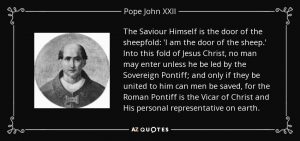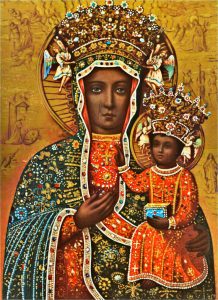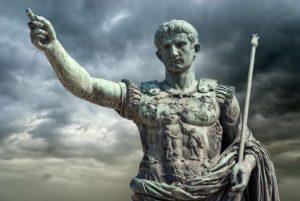Waiting for Rapture? You’re still here!
What is the doctrine of Rapture?
The idea of Rapture is NOT in the Bible! “According to some millenarian teaching, it is the “transport” of a “believer” from earth to heaven at the Second Coming of Christ.” They actually purport that “the chosen” will be lifted up bodily into the sky, leaving nothing but a pile of clothes behind.
Many characters in Roman mythology, including the Roman progenitor, Aeneas, have been lifted up bodily into heaven. He is recognized by them as the god, Jupiter, from whom they got the Black Madonna. Millenarianism itself is actually based in Zoroastrianism which is an ancient pagan, Persian religion.
…



